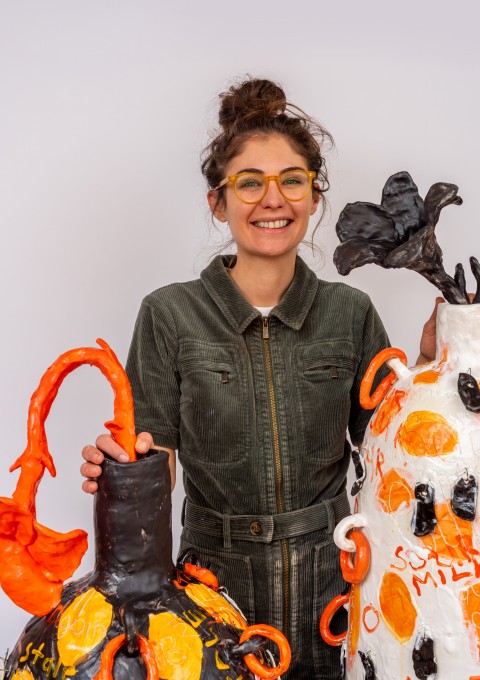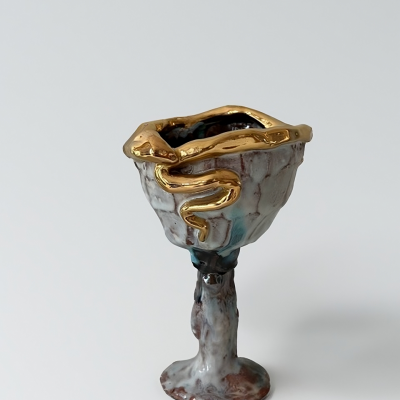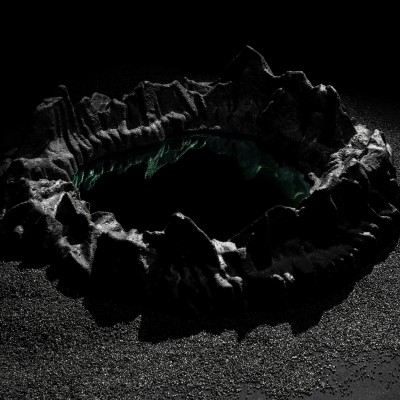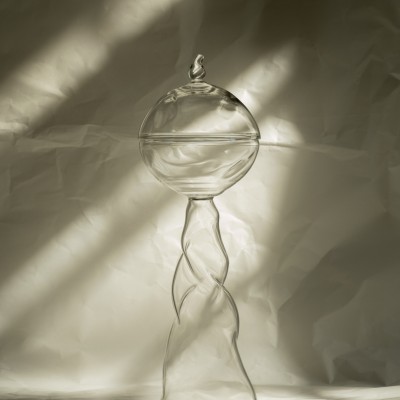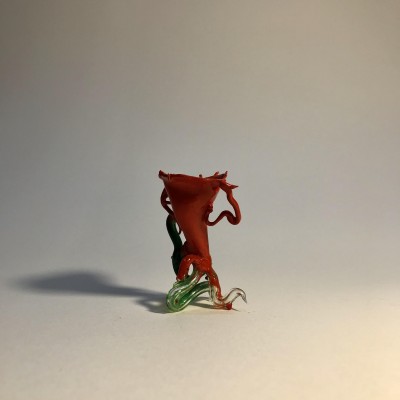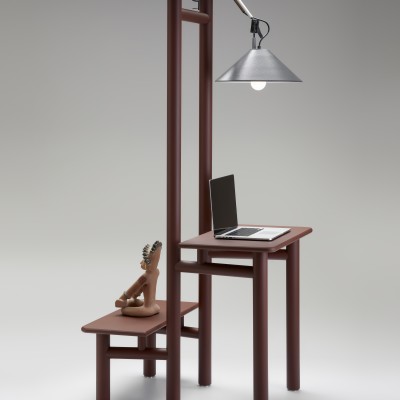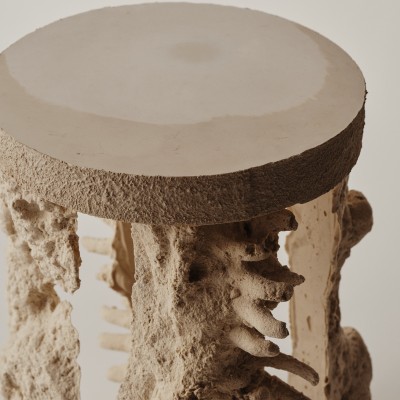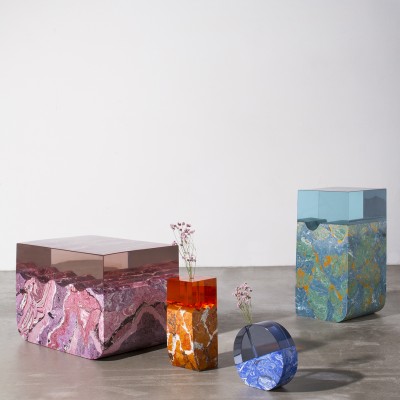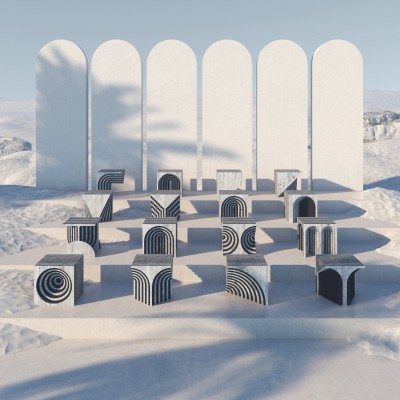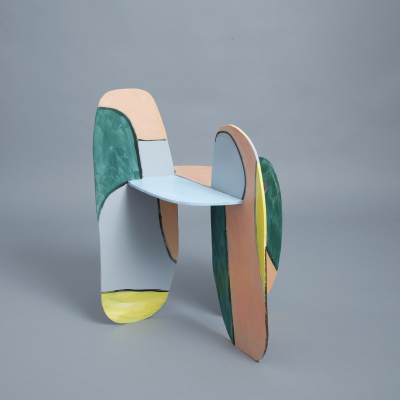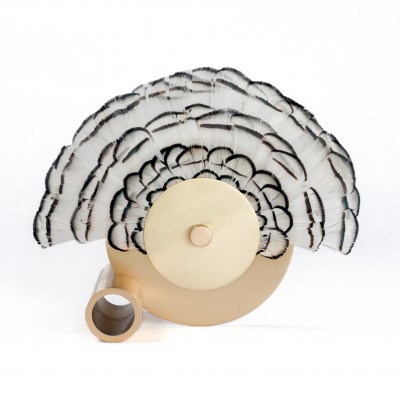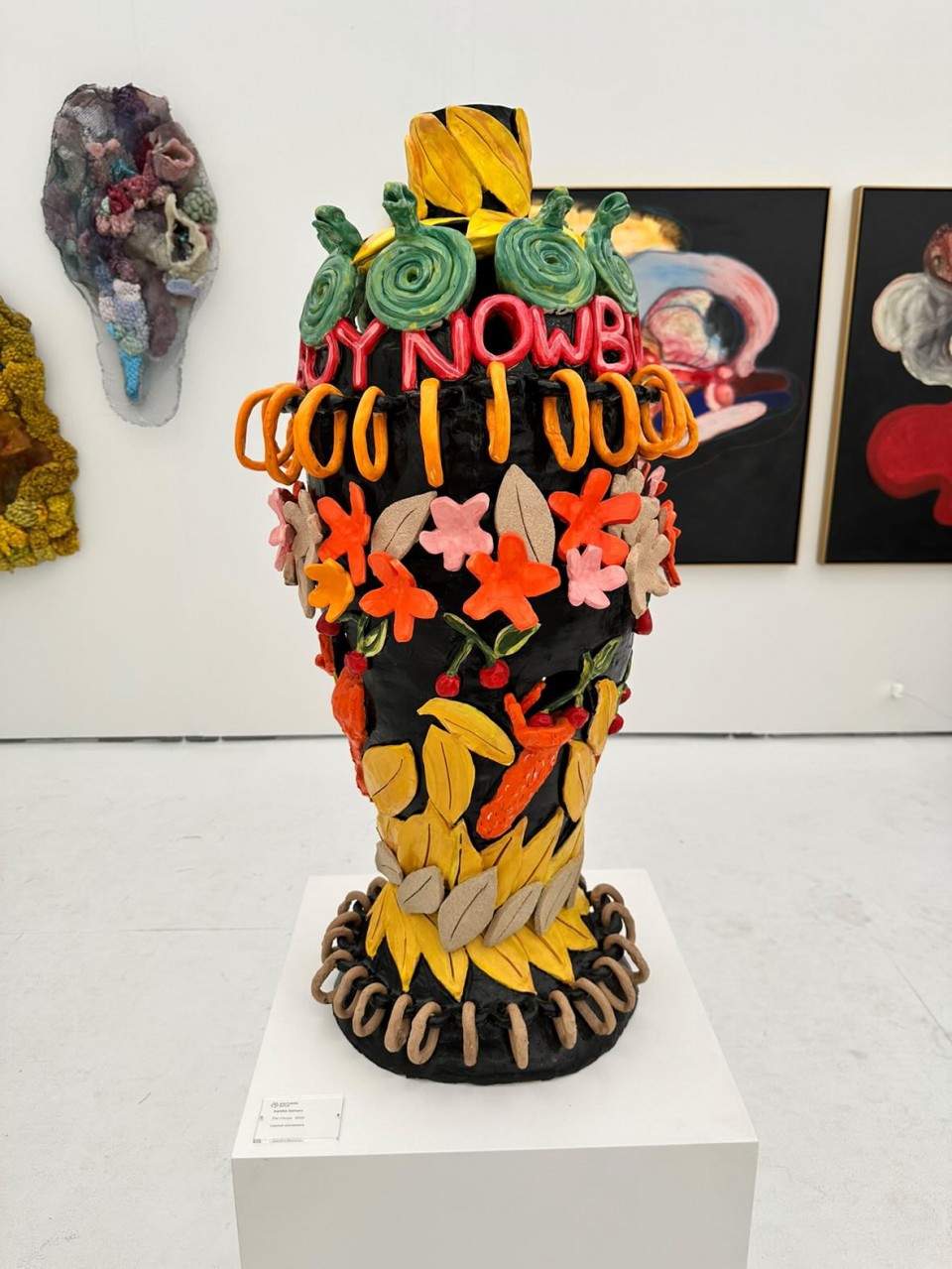
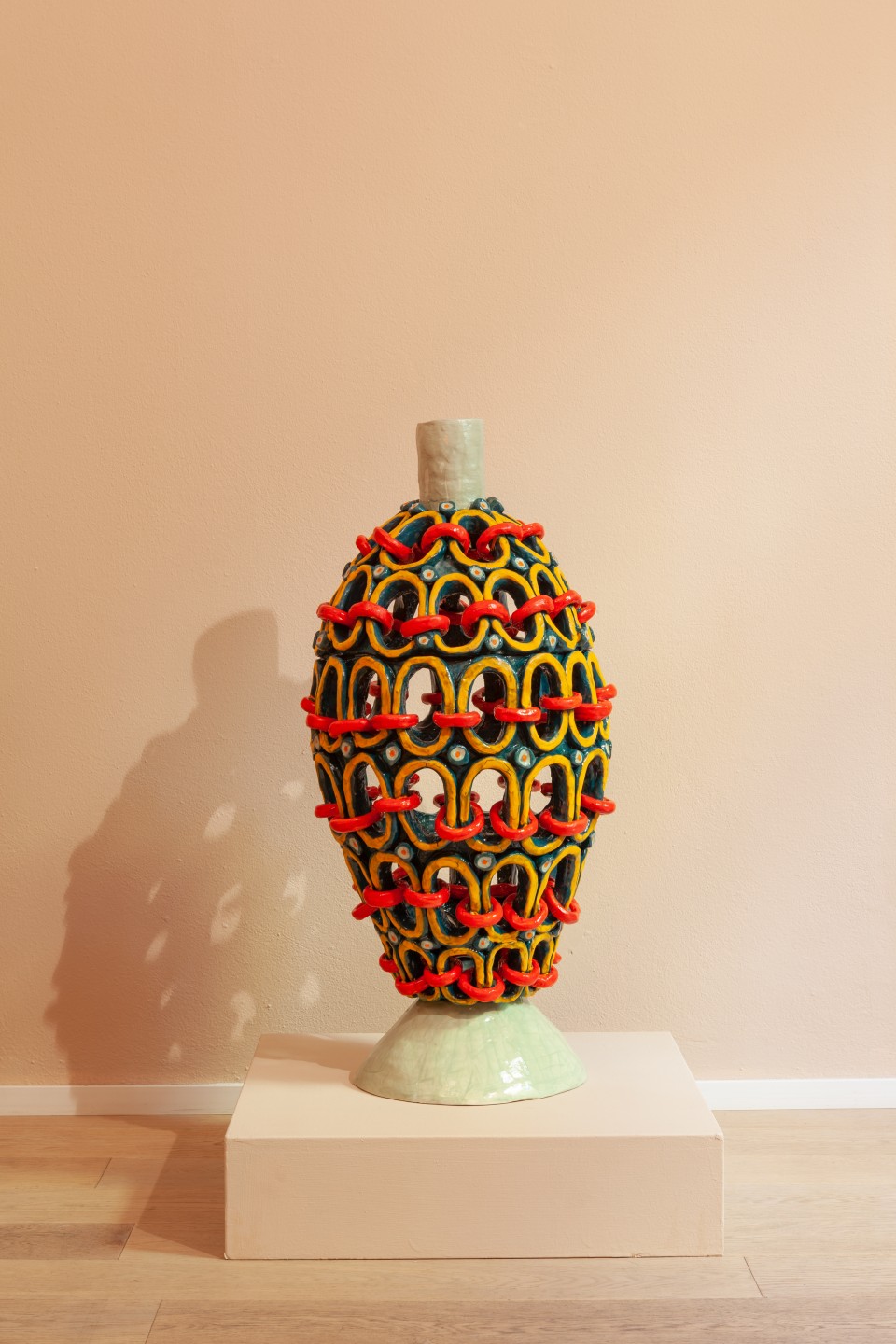
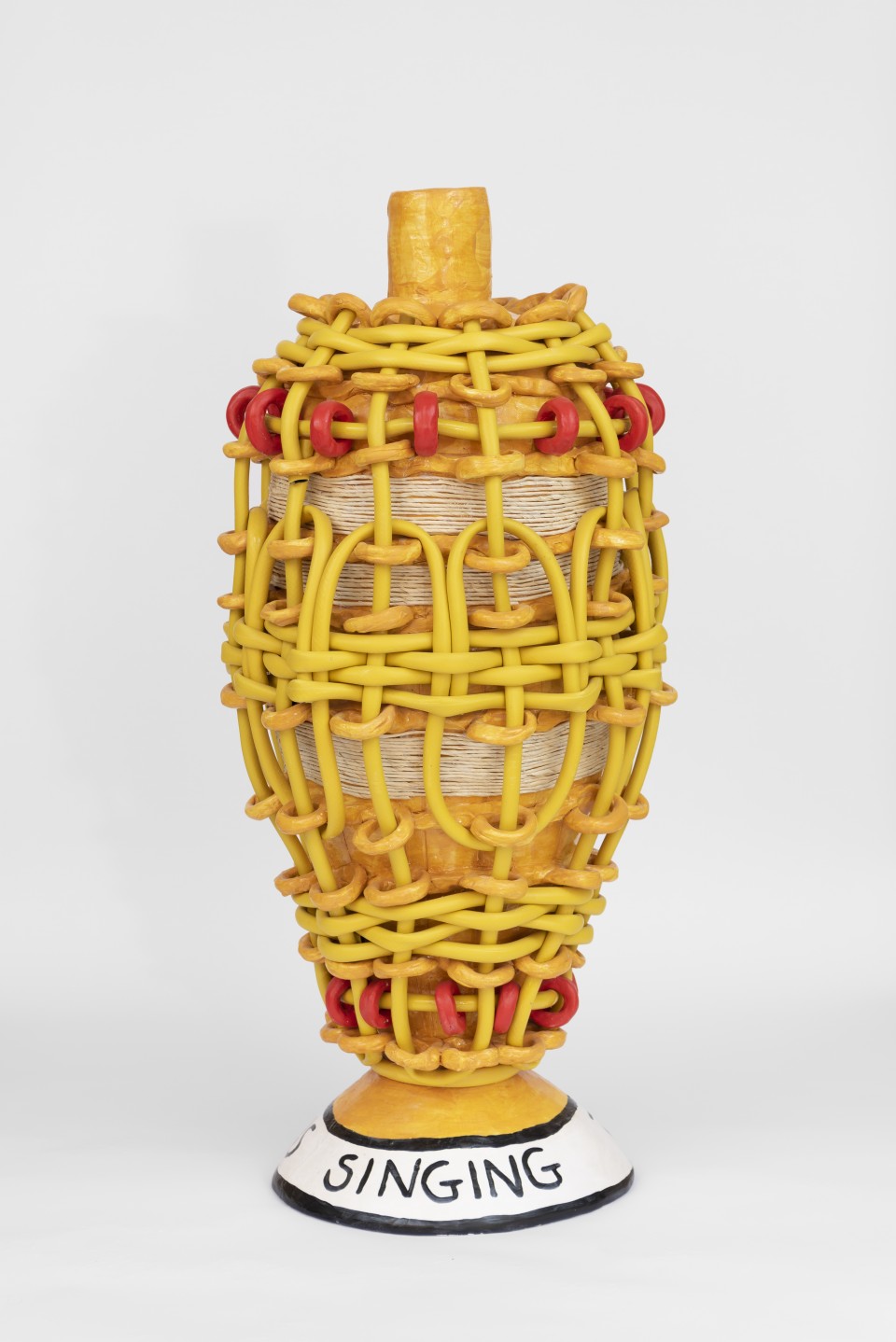
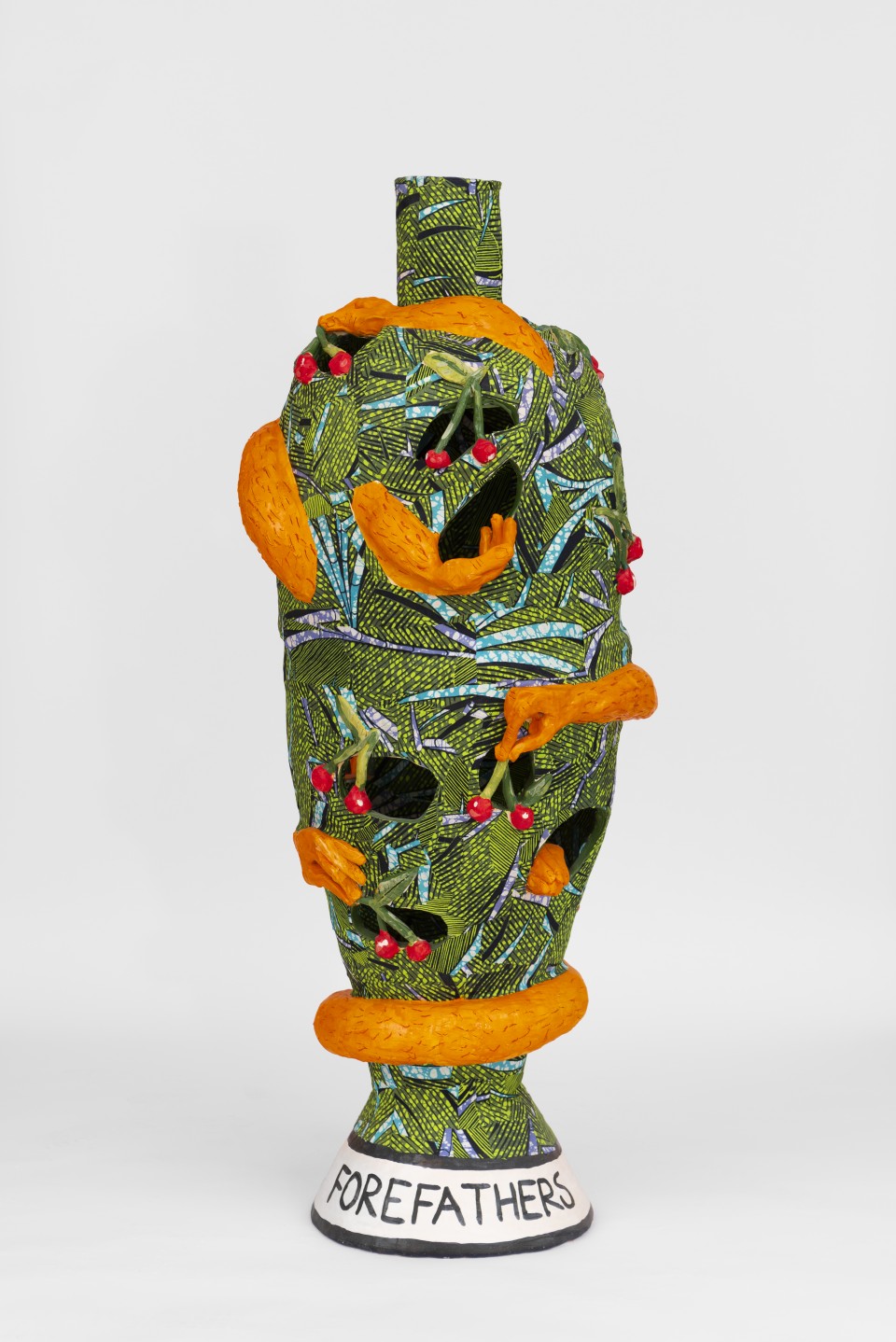
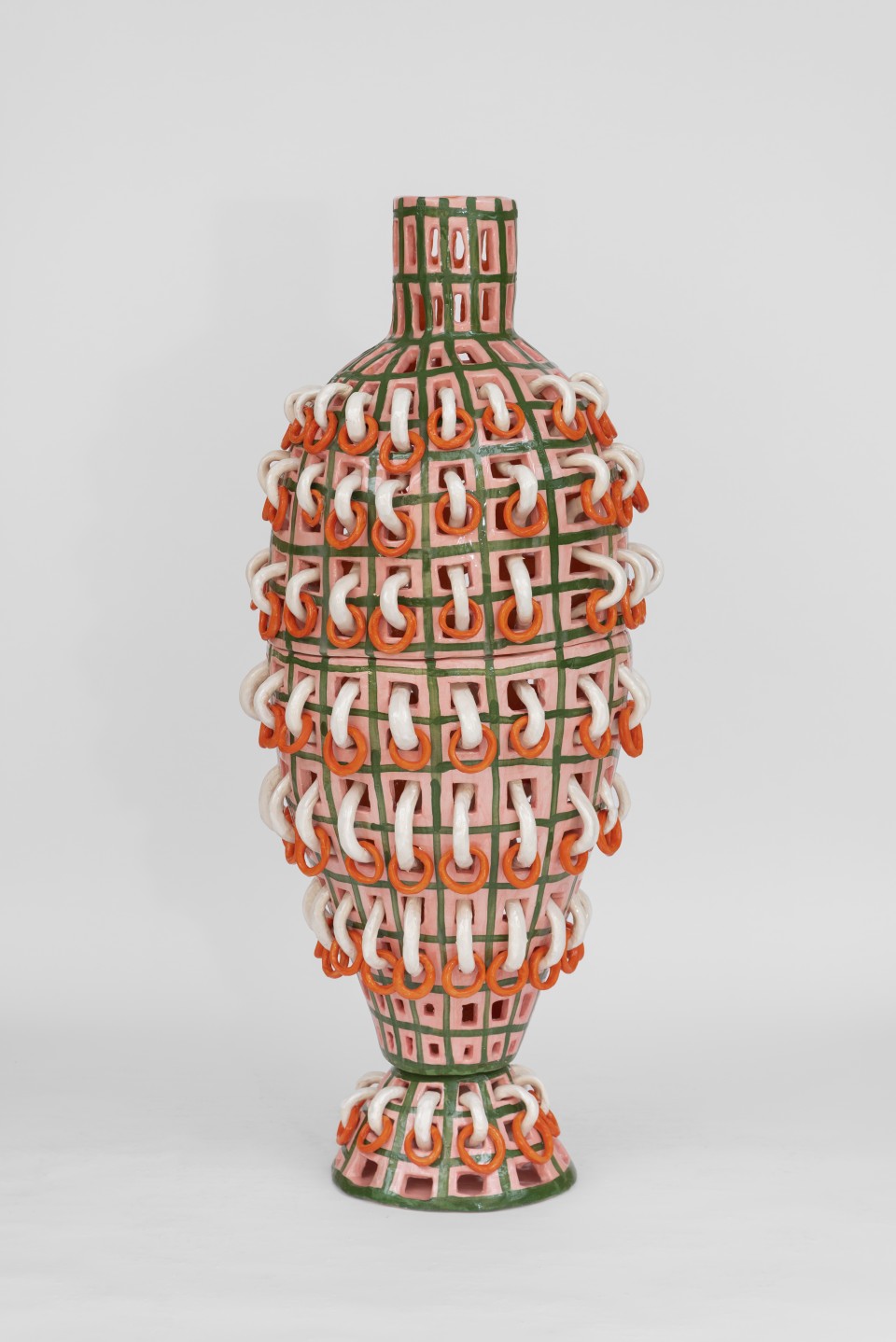
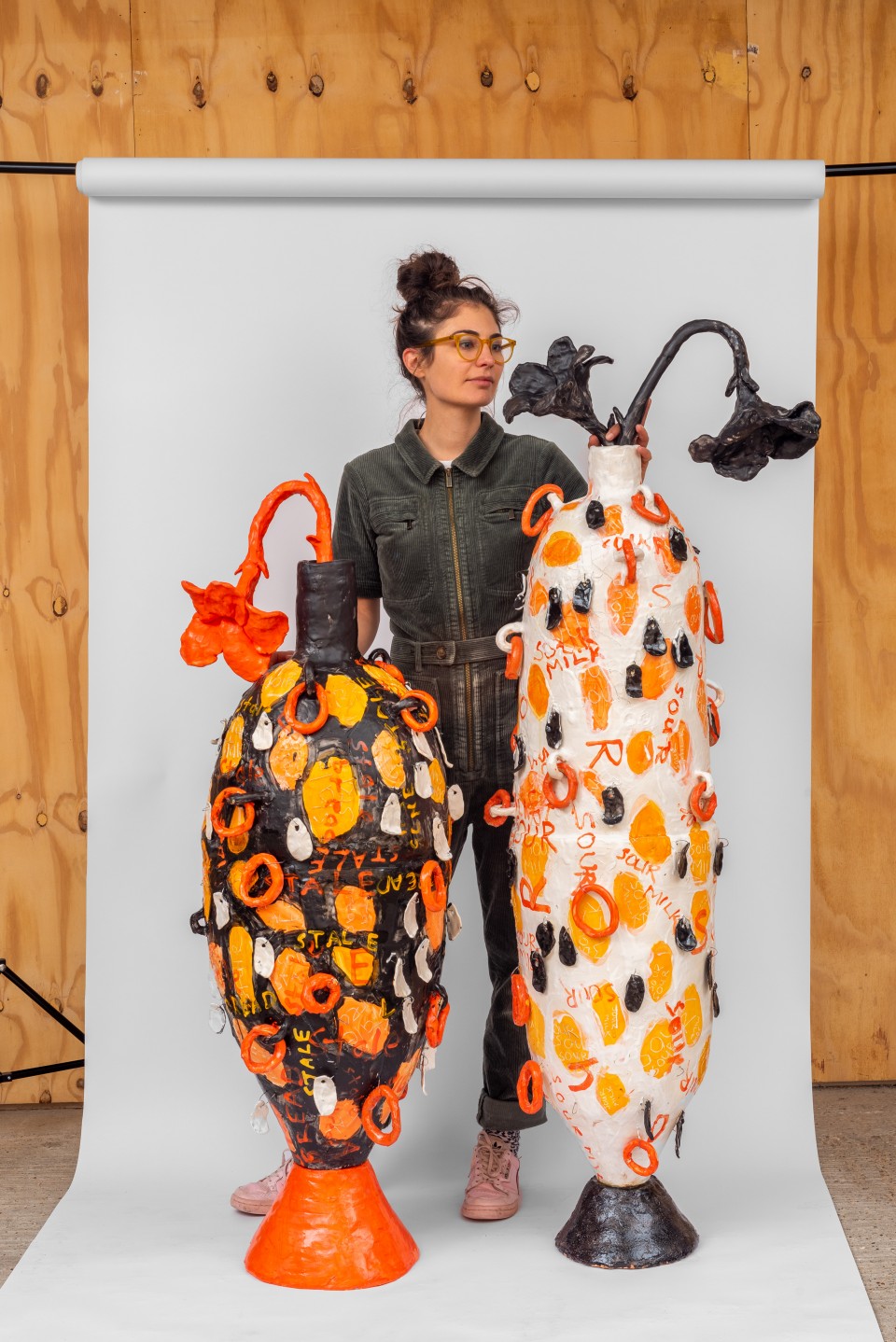
ABOUT
Could you elaborate on your exploration of domestic objects and their reinterpretation as vivid sculptural works? What does it mean to you to challenge the prevailing ideas of the "normal" through your artworks?
Growing up as a white Zimbabwean my work tackles the generational passing down of prejudices and privileges which are still pervasive in southern Africa through the Christian-Colonial gaze, and examines my own role in propping up such systems. I combine age-old Zimbabwean techniques into my hand-built ceramic sculptures, with new materials and social commentary, as a way of reflecting on standards surrounding "normalised" value, beauty, refinement and aesthetics in southern Africa.
The vessel, in its many forms, is a repository and metaphor for containment. This has been replicated, transformed and challenged throughout history; whether it be a household vessel or a vessel that carries slaves across the ocean—it is political, and I find it an interesting point of departure for my work.
Could you share insights into the techniques and processes you employ to create your intricate and playful vases? How do you balance the intricacy of the forms with the overall playfulness of the pieces?
Although I studied Fine Art, my experience with clay sculpture is entirely self taught. I find this to be liberating as I have not learnt the traditional methods for making nor the restrictions and precautions associated with the material. My way of learning has mostly been through sharing spaces with other artists, experimentation and discussions.
I make the pieces by hand rolling coils and building it up slowly, then smoothing, then building and smoothing- just like you would a hand built bowl but on a larger scale. It’s a slow process but a satisfying one. Materiality is important to my work in telling the piece's story- I usually combine other materials such as granite, plastic debris, wax fabric, soap stone or mazie string to the ceramic body. Weaving the combination of materials together in an intricate manner for example in 'The Grass Is Singing', which has plastic hose pipe woven in the traditional way of a basket weaver in Zimbabwe, together with ceramic and maize string, expresses the fraught relationship between the past and present.
You participated during 5VIE Design Week 2023 in the Love Letters exhibition, curated by Anna Carnick of Anava Projects for 5VIE. You were invited to realize an artwork, conceived as an expression of gratitude towards someone important. Who is this vase dedicated to, and why?
The Love letter I wrote was to Women's Work. Here it is below:
A Love Letter to Womens' Work
This letter is a tribute to the unsung heroines who have toiled in silence, stitching, fixing, providing, and mending with their craft. It is an ode to those whose artistic brilliance has been belittled as a mere pastime or necessity, and to those whose creative genius and offerings have been suppressed in favor of patriarchal dominance. I honor the trailblazing textile workers, weavers, ceramicists, and other craft-driven makers who shattered conventions and redefined the norms for women artists, paving the way for innovators like me to make their mark. But most importantly, this letter and this piece are an impassioned homage to all the overlooked women whose remarkable contributions have been tragically ignored and unrecognized.
If you could gift it to a person, who would it be?
Majorie Wallace. An inspiring Zimbabwean ceramicist, who recently passed away.
RELATED PROJECTS
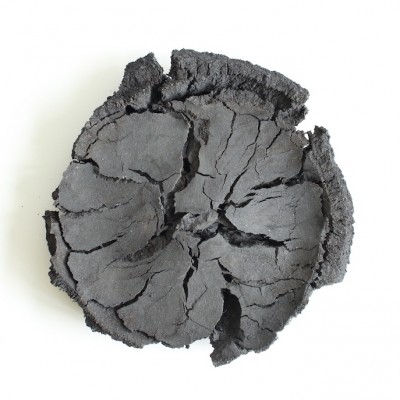
Exploding Plates
by Adam Knoche
category collectible design
town Dallas, TX
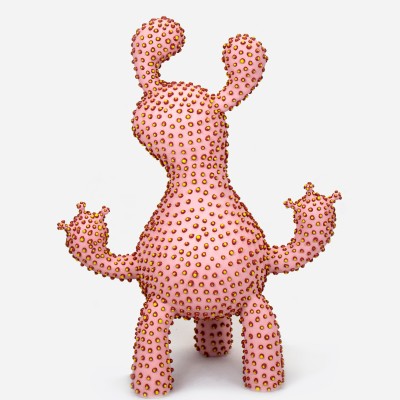
Ciao Mr. Ettore
by Ahryun Lee
category collectible design
town Essenbach, Germany
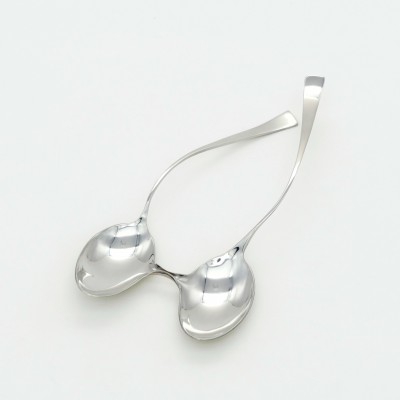
art spoons
by Haley Bates
category collectible design
town Fort Collins, Colorado
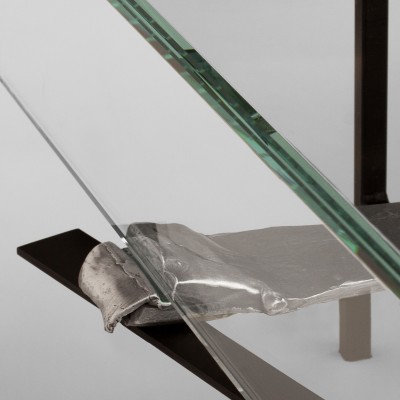
Static Fragility #1
by Grace Prince
category collectible design
town Milan / Zurich
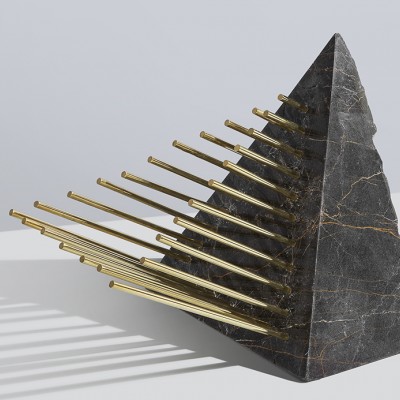
Objects
by Elham Nejati
category collectible design
town Teheran
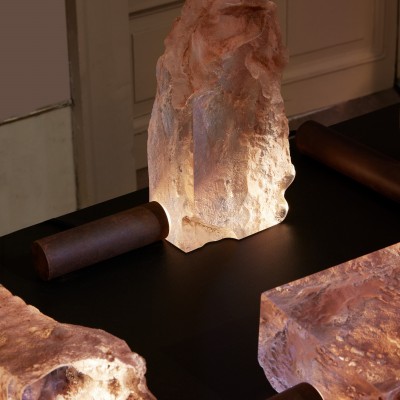
Solid Sand
by Milena Kling
category collectible design
town Berlin
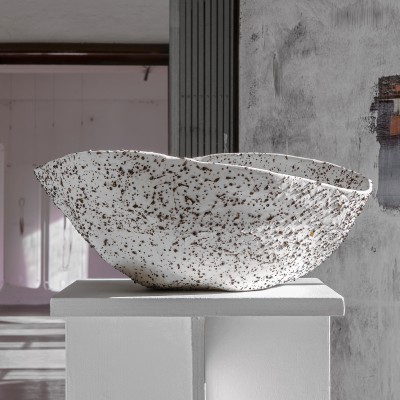
Telluride
by Tellurico
category collectible design
town Eindhoven
